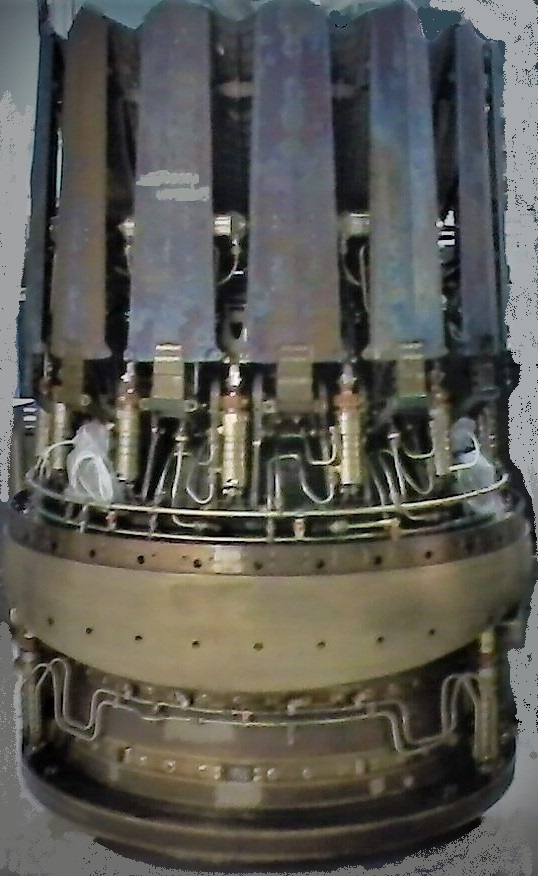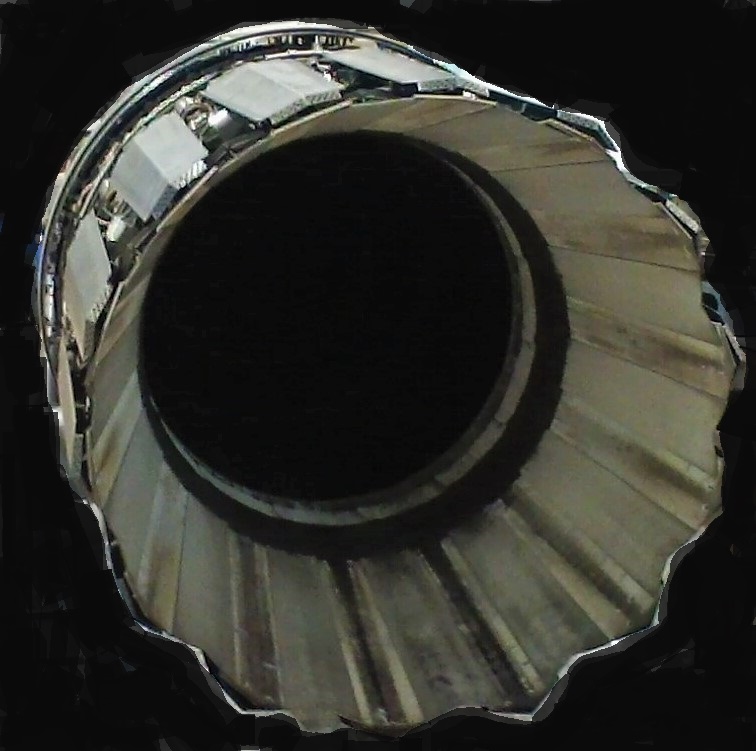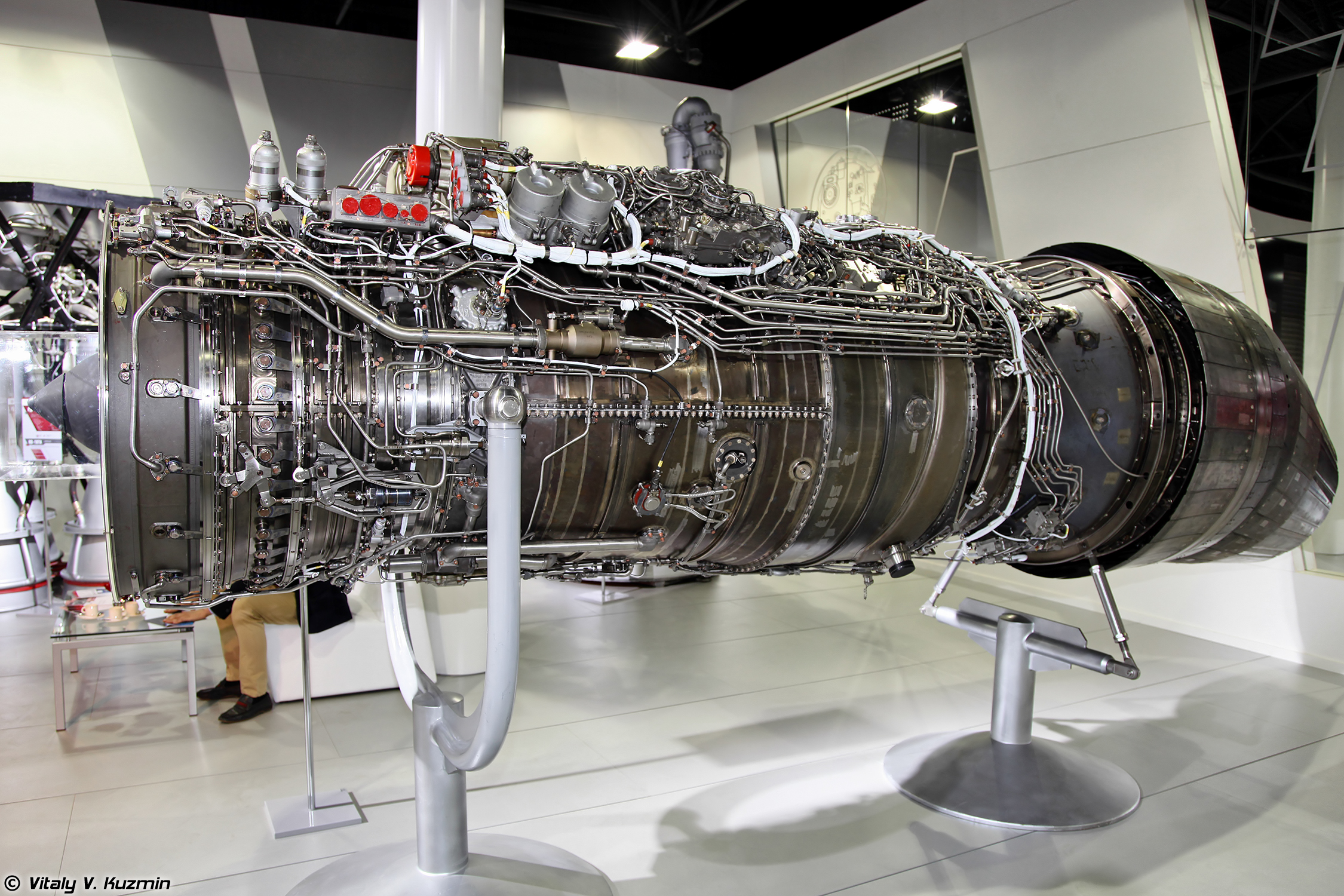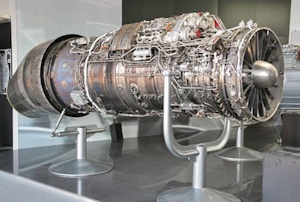BATTLEFORWORLD – December 23, 2017: Useful information about the Russian jet engines, Izdeliye 30 and Izdeliye 117S for the Pak-Fa and Su-35.
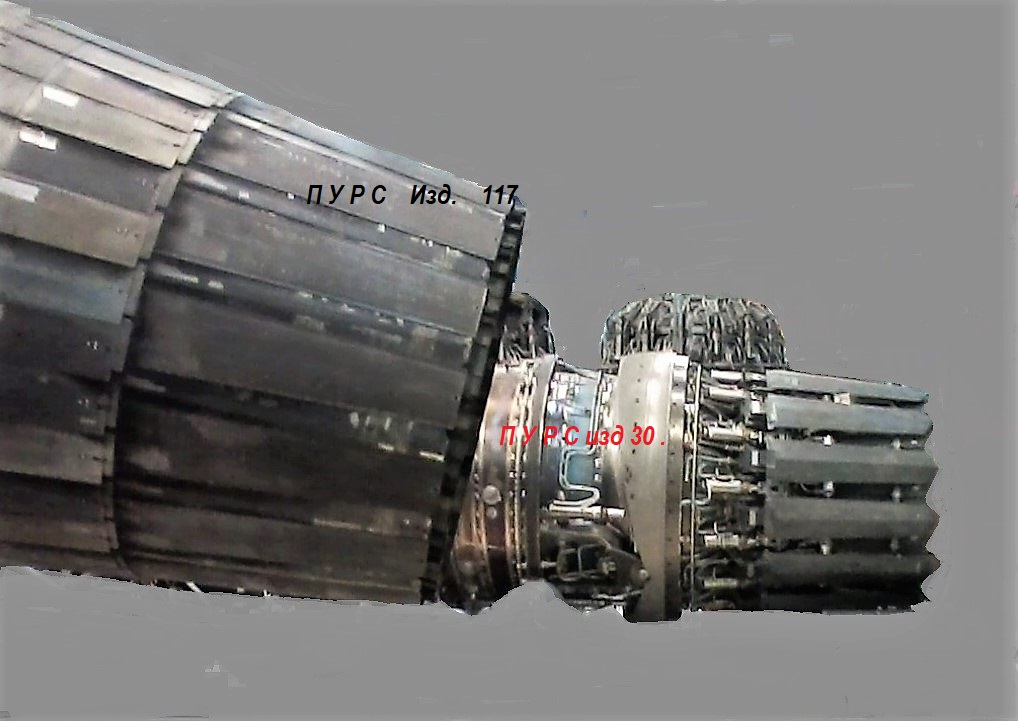
Izdeliye-30 turbofan engine with stealth nozzle

Izdeliye-30 turbofan engine testing on Pak-Fa
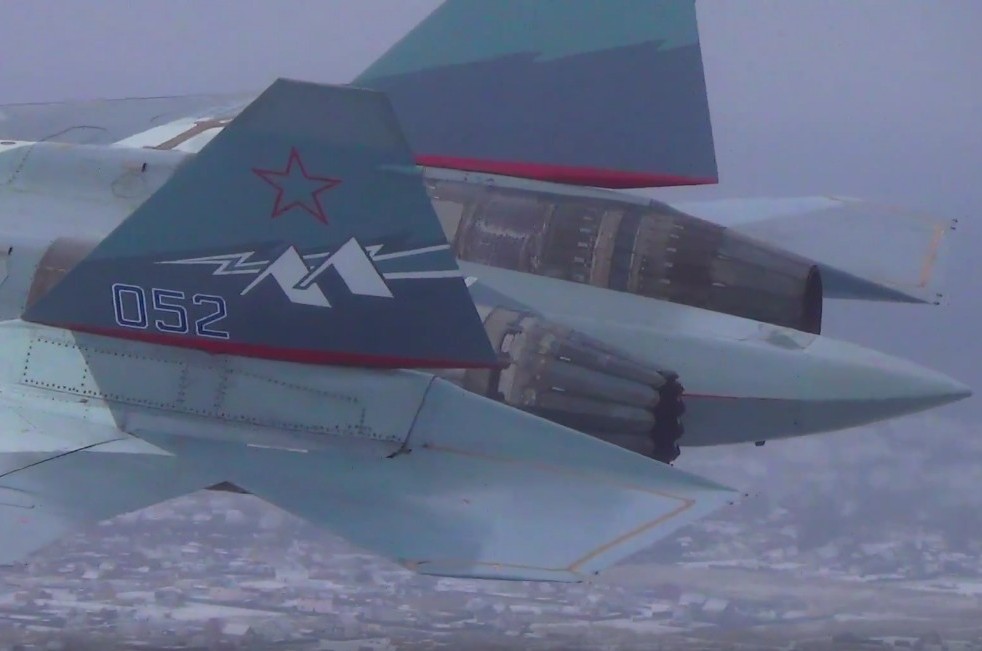
Izdeliye-30 turbofan engine testing on Pak-Fa
Izdeliye-30 turbofan engine flight testing on Pak-Fa
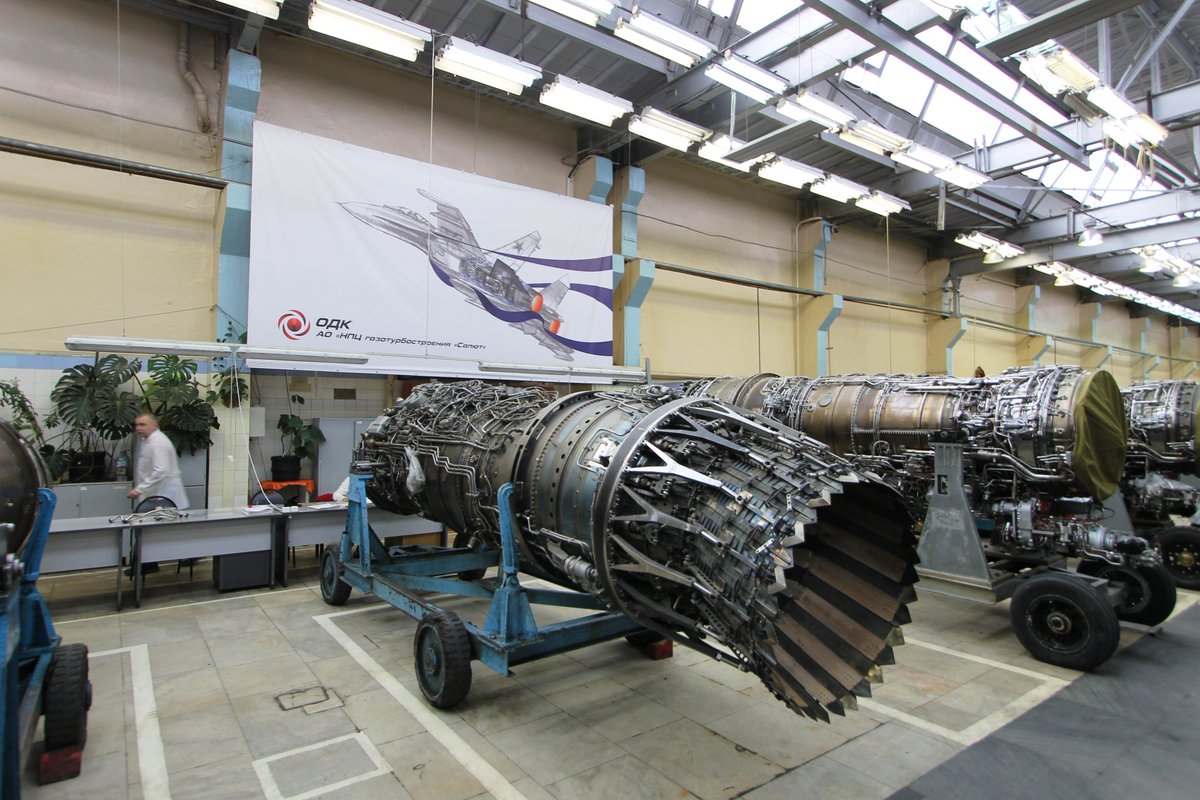
Izdeliye-30 turbofan engine with stealth nozzle
Pak-Fa is able to supercruise with Item-117 at Mach 1.2-1.3. Item-117 has a bypass ratio of 0.59. The BPR of Item-30 can be greater than 0.4 but less than 0.5. NPO Saturn may even have introduced YF-120 style adaptive fan in the Type-30 which will enable the it to have variable bypass ratios. Here
“The Pakfa can indeed supercruise anywhere between M1. 2-1.4 with the present Item-117 engines. The Su-35S is said to supercruise at Mach 1. 2-1.3 with an air to air load. Not its full complement of 14 A2A missiles but with 4-6 air to air missiles. Now the Pak-Fa has more advanced aerodynamics, lower wing loading, a higher L/D ratio, no exposed pylons and internal carriage of weapons. So it is only logical that the Pakfa will supercruise, and not at the wee low end of Mach 1.1-1.2 but a notch higher.” Here
Vladimir Karnozov:
Russia’s new Sukhoi Su-35 fighter is already showing its high-performance capabilities. This new single-seat aircraft — which combines the proven Su-27 Flanker airframe, 16% more powerful engines and a totally new set of onboard systems — is said to have reached supercruise speed, a distinct feature of fifth-generation fighters.
According to Sukhoi’s strategy, the introduction of its single-seat Su-35 multirole fighter as a “4++” generation of combat jets will help maintain sales of the Flanker aircraft series until an exportable fifth-generation fighter becomes available. The Su-35 also will serve as a platform for testing the onboard systems of is intended next-generation successor. Here
The importance of this new aircraft in the Russian defense doctrine is so high that on the day after its 55-minute maiden flight in February 2008, the Su-35 prototype was inspected by the country’s President Vladimir Putin and his successor Dmitry Medvedev. Sukhoi test pilot Sergei Bogdan briefed the Kremlin guests on the fighter. He recalls that the first question Vladimir Putin asked was: “Will the fifth generation fighter differ in appearance to this one?” The answer was: “Yes, it will. The fifth generation fighter is to have a totally redesigned airframe, while keeping [the Su-35’s] onboard systems.”
For the record, F-15E with -229 engines goes Mach 1.15 without afterburner when clean. Here
Surplus Power:
During the test flight at the highest thrust regime without the use of afterburner the Su-35 achieved Mach 1.1 speed and was still accelerating. By late June, the no. 1 flying prototype had completed 13 test missions. These were devoted to assessment of the airplane’s stability and controllability, maneuvering characteristics and powerplant performance. In addition, the operation of onboard systems was closely monitored. Having received a generally positive assessment of the aircraft, Sukhoi sent it into the supersonic regime. On mission 12, the airplane accelerated to Mach 1.2 at medium altitudes (up to 6,000 meters). The next flight went as high as 11,000 meters and reached speeds of Mach 1.3. Here
END

